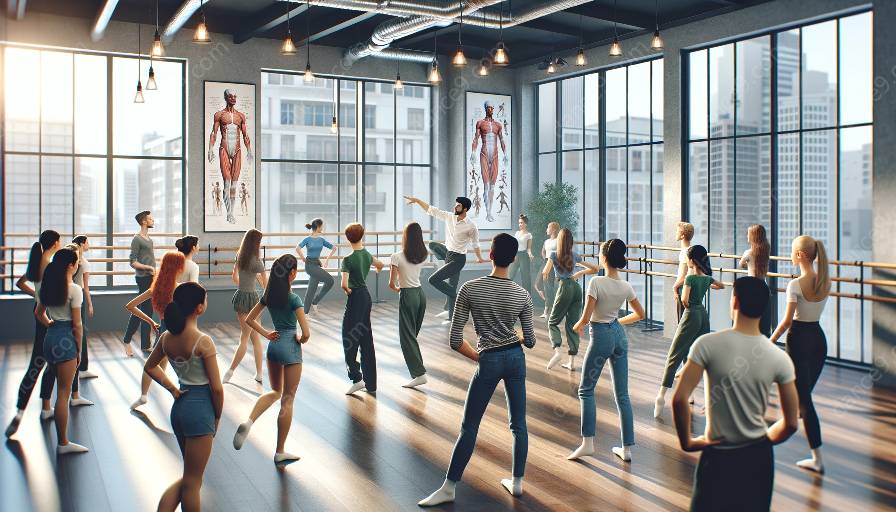Dance is not only a form of art but also a unique medium for physical expression and emotional connection. When it comes to teaching dance, it's essential to recognize the diverse learning styles of students and adapt methodologies that cater to their individual needs. In the realm of dance education and training, understanding how to address different learning styles is crucial for fostering an inclusive and effective learning environment.
Understanding Learning Styles
Before delving into how dance teaching methodologies can address different learning styles, it's important to understand the various types of learning styles that individuals possess. The most common learning styles include visual, auditory, kinesthetic, and reading/writing, each of which influences the way in which students comprehend and retain information.
Visual Learners
Visual learners grasp concepts best through visual aids such as images, diagrams, and videos. In dance, these learners benefit from observing demonstrations and choreography, as well as using mirrors to visually analyze their movements.
Auditory Learners
Auditory learners thrive on verbal communication and sound. To engage these individuals in dance classes, instructors can use descriptive language, rhythmic cues, and music as a means of instruction and inspiration.
Kinesthetic Learners
Kinesthetic learners learn through physical activity and movement. In the context of dance, these individuals require hands-on experiences, tactile feedback, and the opportunity to physically embody and practice dance techniques.
Reading/Writing Learners
Reading/writing learners favor written instruction and textual materials. For dance educators, providing written choreography notes, dance history readings, and reflective writing exercises can help these students grasp dance concepts more effectively.
Adapting Dance Teaching Methodologies
Now that we have a deeper understanding of the diverse learning styles, let's explore how dance teaching methodologies can be adapted to accommodate each type of learner:
Multisensory Approach
Implementing a multisensory approach in dance classes allows instructors to cater to a variety of learning styles simultaneously. By incorporating visual, auditory, and kinesthetic elements, students are provided with a well-rounded learning experience.
Visual Instruction
To support visual learners, dance instructors can use visual aids such as instructional posters, video demonstrations, and color-coded diagrams to convey choreography and movement sequences.
Auditory Cues
For auditory learners, the use of verbal explanations, rhythmic counting, and musical prompts during dance rehearsals and classes helps engage and support their learning needs.
Hands-On Engagement
Addressing kinesthetic learners involves encouraging physical exploration, hands-on correction, and tactile feedback to enhance their understanding and mastery of dance techniques.
Written Materials
To accommodate reading/writing learners, incorporating written dance notes, dance terminology glossaries, and reflective writing assignments enables them to engage with dance concepts through their preferred learning modality.
Fostering Inclusivity and Success
By embracing and adapting dance teaching methodologies to different learning styles, educators can create an inclusive and supportive environment where all students feel empowered to learn and excel in dance. Recognizing and valuing the diversity of learning styles fosters a sense of belonging and caters to the individual needs of every student, ultimately leading to enhanced skill development and a deeper appreciation for the art of dance.
Conclusion
Understanding and addressing different learning styles in the context of dance teaching methodologies is fundamental to the success and inclusivity of dance education and training. By acknowledging the diversity of learning styles and adapting teaching strategies accordingly, instructors can cultivate an environment where every student can thrive and develop their passion for dance to its fullest potential.















